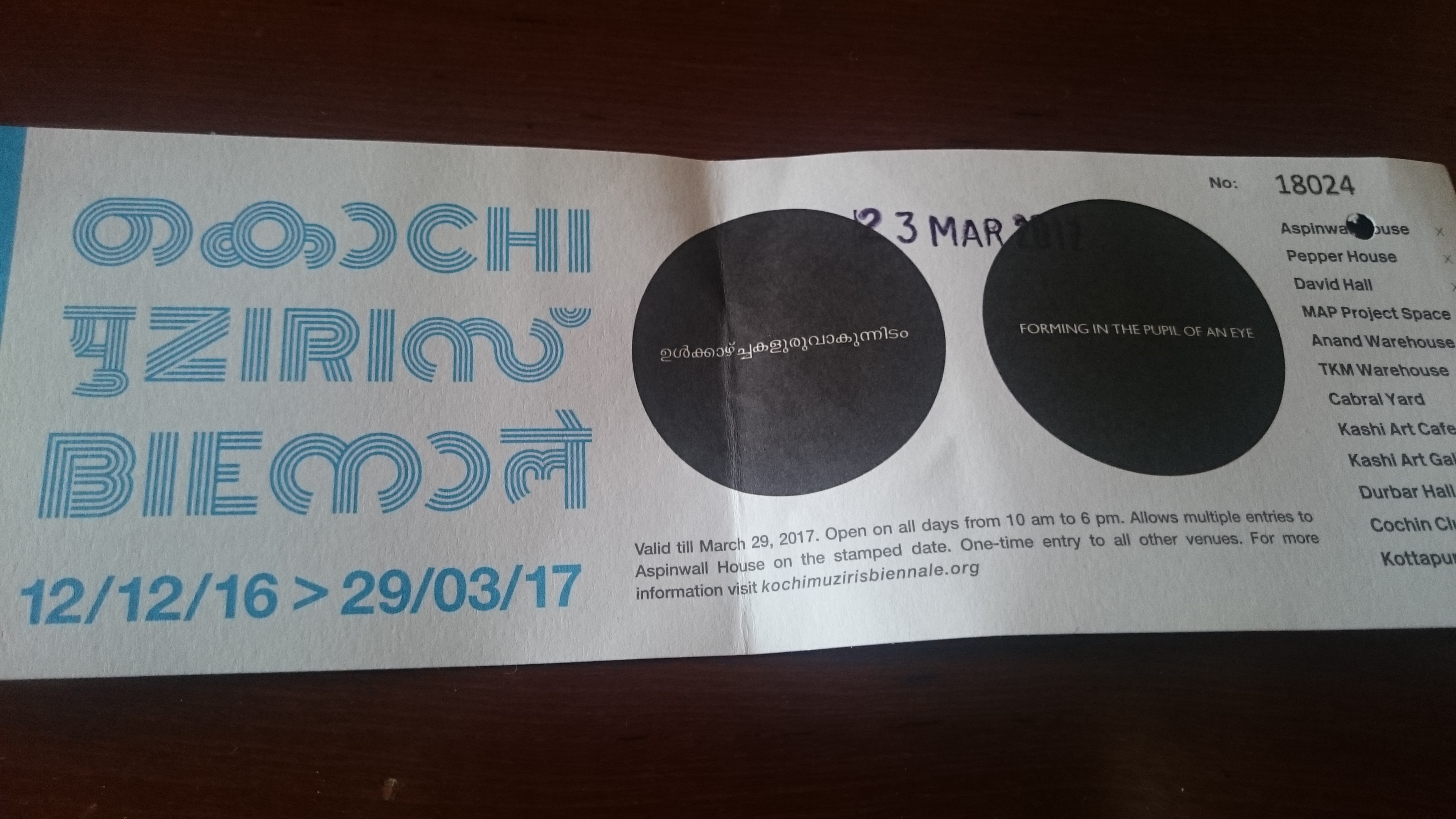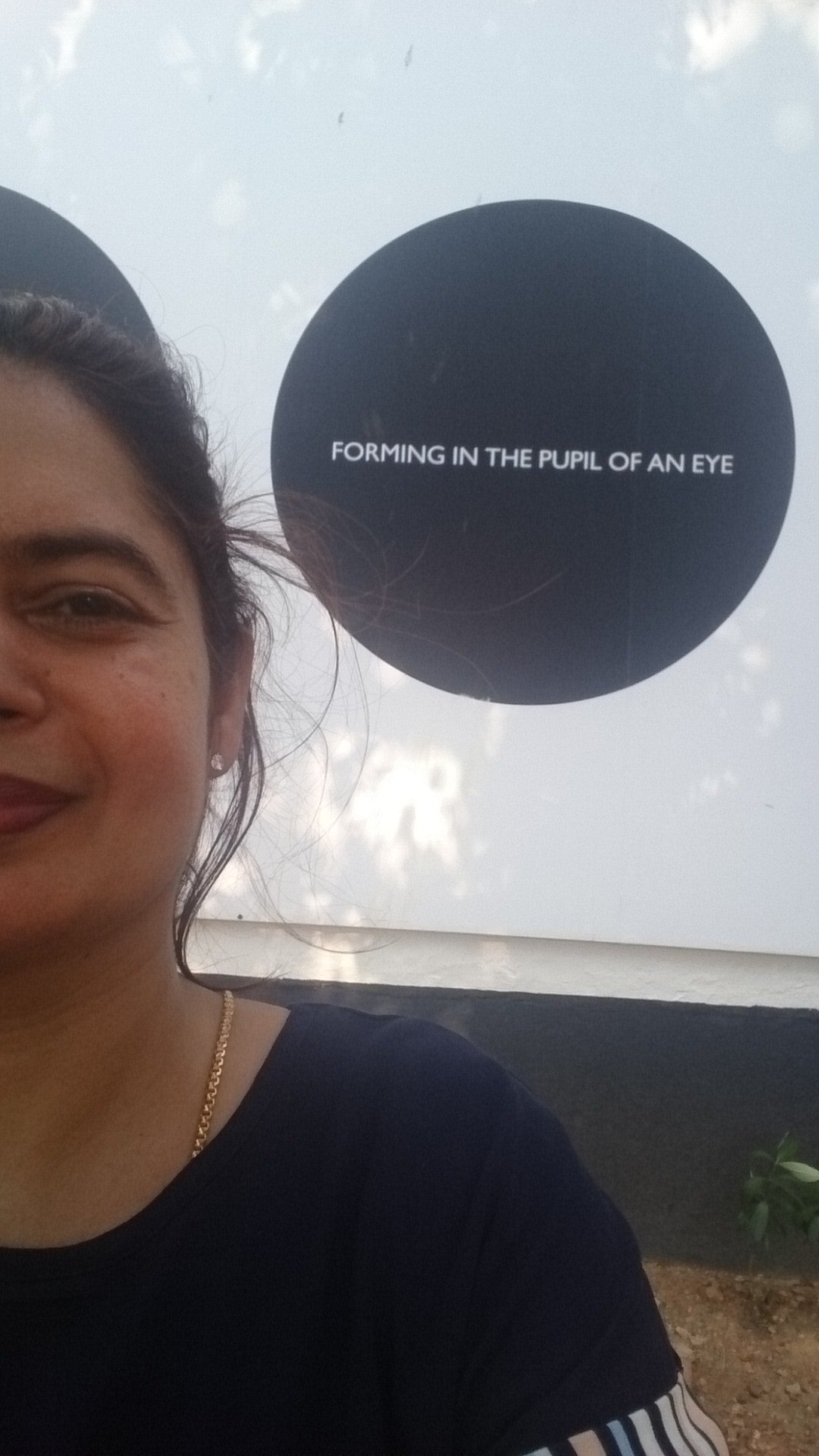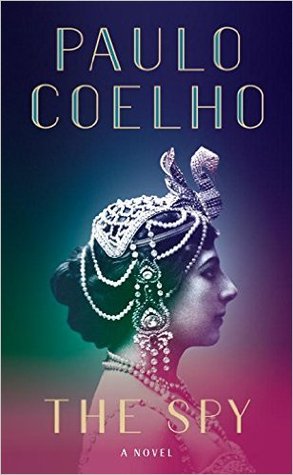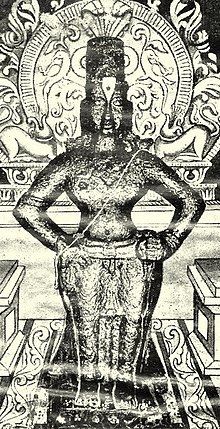Fact: My first ever visit to the Kochi Biennale was on March 23, 2016 – just a week before it wound down. I am ashamed that I have not visited one of Kochi’s most potent attractions (not just in India, but around the world). Not once, but missed it twice, and the third time around when I visited it? I barely made it a week before it closes. But now that I have, here goes why you should too.

Before I get into the four reasons why a visit to the Kochi Biennale should be on your bucket list, here is a quick 101 about it.
Drumrolls please – presenting the WHO, WHAT, WHY and WHERE of the Kochi Muziris Biennale
WHAT: The Kochi-Muziris Biennale is a bi-annual (happening every two years) art show that is spread across multiple locations and venues across Fort Kochi/Kochi. The first edition was on 12.12.12 – December 12, 2012. Currently, the third edition is scheduled to close on March 29, 2017. For close to 108 days, paintings, sculptures, video, audio and interactive art is on display. It also has some fine performances from world-class artists, usually over the weekends. Live shows where the artists explain how their art evolved is another unique feature. Every edition, the curator (Sudarshan Shetty is the curator this edition) sets the theme for the art and this year it is “Forming in the pupil of the eye.”
WHERE: The unique angle to the biennale is the multiple locations and venues that host the art work. Aspinwall, David Hall, Durbar Hall, Kashi Art Cafe, Cochin Club etc. are some of the venues where the art installations and paintings are presented to the general public.
WHO: The Kochi Biennale is the brain child of the Kochi Biennale Foundation (KBF). KBF is a non-profit organization that works to promote the cause of art education and infrastructure, and to improve access to art in India. The board of trustees read like the who’s who of the art world. Bose Krishnamachari is the president and Riyas Komu is the secretary. Incidentally, Bose and Riyas kick-started the biennale in 2012. Manju Sara Rajan is the CEO of the foundation.
WHY: I am going to wax poetic here. Why does the cuckoo sing? Why does the bee hum? And why do human beings do art? It is in our very nature to be artistic. To express what we think and how we can transform people with our art. There is no real reason for the Biennale. We just need it the way a bird needs to sing.
Now for the FOUR reasons why you need to head to the biennale sometime over the next week, or wait for it when the 4th edition rolls around on December 12, 2018.
To know the true meaning of EMPATHY: Imagine a pyramid made of cow dung and thatches. Imagine it being lit in the inside with really small lights placed at random spots. Imagine walking in the near darkness inside the pyramid with just the thatched walls for guidance. And now imagine voices reciting poems…in different languages, emotions and themes. The poems are by writers who have been banished/exiled from their country. As you walk in the darkness, fumbling and scared (a bit!), you feel their anguish and pain. Nothing can be worse than being banished from your homeland…and for these lost souls, I doubt even their art helped heal that wound.
To get your daily dose of CREATIVITY: I entered this hall where beautiful post card type paintings were scattered around. Scenes from the markets in Goa where vendors were selling fish, flowers, liquor, sweets, pickles and breads. It was by Orijit Sen. But more than the art, what attracted me was the interactive part. As you walk in, you are asked to pick any five cards hanging on hooks near the entrance. These cards pose questions based on the art you would see inside. If you answer all five questions correctly, you will get a postcard by the artist. Because they made it interactive (and well, my competitive streak kicked in too!), I spent the next 10 minutes actually reading and understanding the scenes. I came to know that purple buttons are the names for a flower used in garland weaving. I figured out kismur is dried shrimp. And I realized that while art itself is creative, what is more creative was the way they made the entire experience more creative with the quizzes and the prizes.
To feel the PAIN and SUFFERING: Raul Zurita’s “Sea of Pain” is unquestionably my most favorite installation. You take off your shoes, wade through this huge carpet of sea water in this semi-dark warehouse, and as you near the other end, you see this small poem painted on the wall. I am sure most of you have seen this picture of a 3-year old boy who died as his family was escaping from Turkey. As the boat on which the Syrian migrants were traveling capsized, the sea claimed the life of Aylan Kurdi. The poem is a heart-stopping tribute to the boy that died, and the emptiness he left in its wake. Many people told me that they cried when they read the poem. I could only stare and read it again and again, in an attempt to understand how the parents must have felt.
To become a GLOBAL CITIZEN: As you watch the different exhibits, one thing becomes very apparent. The Chinese had to grapple with the ill-effects of deforestation. The Americans had to deal with deathly cyclones. The Indians had to deal with the caste system. The Europeans had to deal with exile and imprisonment. No nation is free from godly and man-made pain and suffering. You realize that pain is universal. So is happiness. And that no nation or citizen can avoid one, and have only the other. And if that realization does not make us feel a part of the “Vasudhaiva Kudumbakkam” (translates roughly as “this world is my family”), am not sure what else can.
And now for some quick hacks to get the best out of your Biennale visit
- Entry fees are Rs 500; Rs 100 for students. Mondays are free for all visitors.
- There are free guided tours everyday at 11 AM and 3 PM. Do take the services of a guide – otherwise most of it, well, all of it, will go over your head.
- If you have limited time, head to Aspinwall first. It houses a majority of the art installations. All the exhibits mentioned in this blog are at Aspinwall. It took us close to 3 hours just to do a cursory visit!
- TM Krishna is in concert at 7 PM on Sunday, the 26th. Come on – don’t want to miss that. (View the calendar for the rest of the days here)
- Read Vogue’s list of 12 must-see artworks so you know what to look out for when you visit.
- Suspend your judgement please. Forget all the negative press and the discouraging comments your friends and family have said about the biennale. Go with an open mind.
There is less than 5 days for the 2016 Kochi-Muziris Biennale to come to an end. You have to wait another 18 months to see the next edition. So instead of wasting your time on the latest Mohanlal movie this weekend (you can always do that the weekend after!), head to the biennale. 97 artists from 41 countries are waiting to show you a glimpse of humanity. Through their art.
PS: I have not added any pictures of the art work since I doubt my cell phone camera, my photographic skills (or lack of it!) or any other picture for that matter can do justice to it. See it with the pupil of your own eyes.



